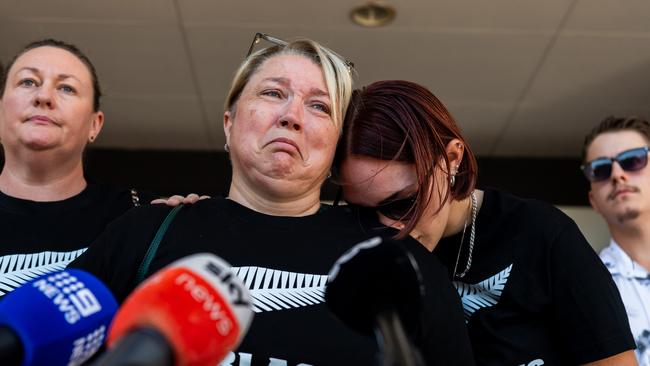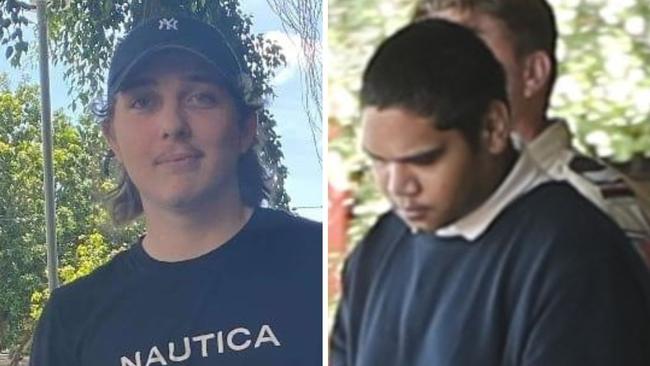How Declan Laverty petition, protests almost saw Kerinauia murder trial jurors judging each other
Jurors in Keith Kerinauia’s murder trial narrowly avoided a trial-within-a-trial before finding him guilty last month of killing 20-year-old bottle shop worker Declan Laverty.

Police & Courts
Don't miss out on the headlines from Police & Courts. Followed categories will be added to My News.
Jurors in Keith Kerinauia’s murder trial could have been stood aside if they signed a petition concerning the death of his victim, Declan Laverty, the trial judge has revealed.
In a decision published on Friday, Justice Graham Hiley said the fact potential jurors had signed the petition “would provide a sufficient foundation” for them to be “challenged for cause”.
Justice Hiley also said while only seven of the potential jurors had signed the petition, the same would likely apply to anyone who attended protest rallies or “Walk for Declan” events.
He also included in the group anyone who expressed support for “Declan’s law”, which saw the Territory government tighten bail laws in the wake of the stabbing last year.
The NT Criminal Code allows defence lawyers additional challenges to potential jurors on the ground that they are “not indifferent as between the Crown and the accused person”.
But in a quirk of the Territory’s legal system, for any such challenge to be successful, the court must engage in a “somewhat cumbersome” trial-within-a-trial, which sees the person’s fellow jurors rule on whether they should be allowed to join the panel.
“If the judge finds that there is a prima facie case for the challenge, the triers are then sworn,” Justice Hiley said.
“The form of oath is: ‘You shall well and truly try whether AB one of the jurors stands indifferently to try the prisoner at the bar and give a true verdict according to the evidence, so help me God’.

“Once the triers have been sworn, the party making the challenge calls his or her witnesses, if any, and the juror challenged may be examined and cross-examined.
“Each party is then entitled to address the jury. The burden of proof rests on the party making the challenge.
“Presumably, the judge will sum up if it is necessary to do so. The triers’ decision is final and cannot be appealed.”
In his ruling, Justice Hiley said a prima facie case would have been established for anyone who had signed the petition and would “likely” have been established for the other categories of potential jurors.
“In all cases, a person who has put his or her name to a petition, or participated in one of the relevant events, might potentially have some difficulty being emotionally detached as a juror,” he said.
“Also, the accused, and other members of the community, might have a perception that such a person was not in fact impartial.”
Ultimately, no additional challenges were sought by Kerinauia’s defence team before he was found guilty and jailed for life last month so the trial-within-a-trial did not go ahead.





